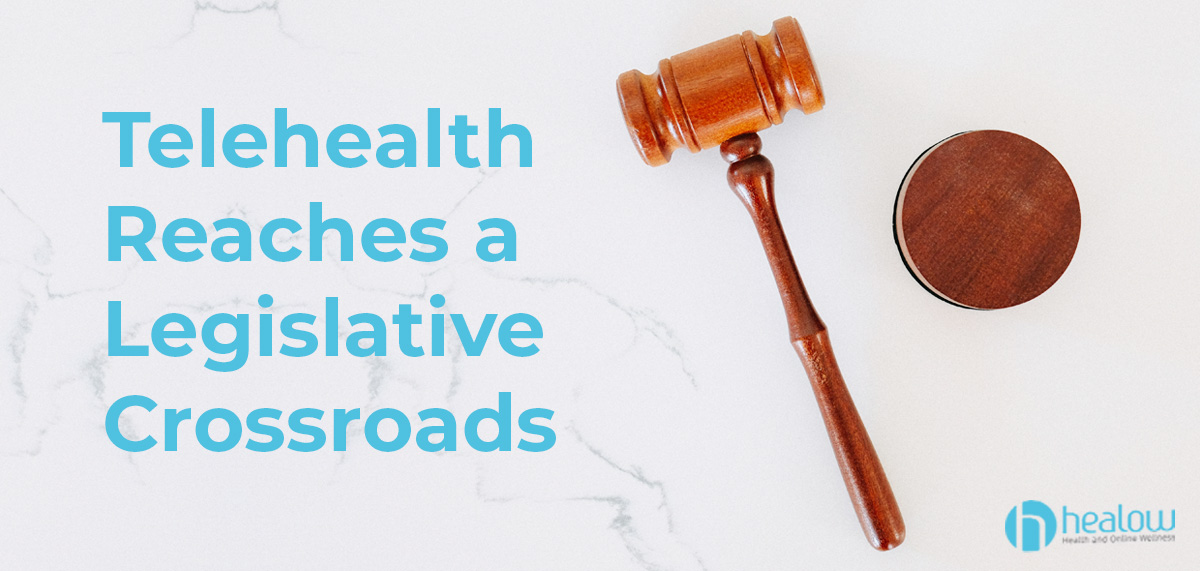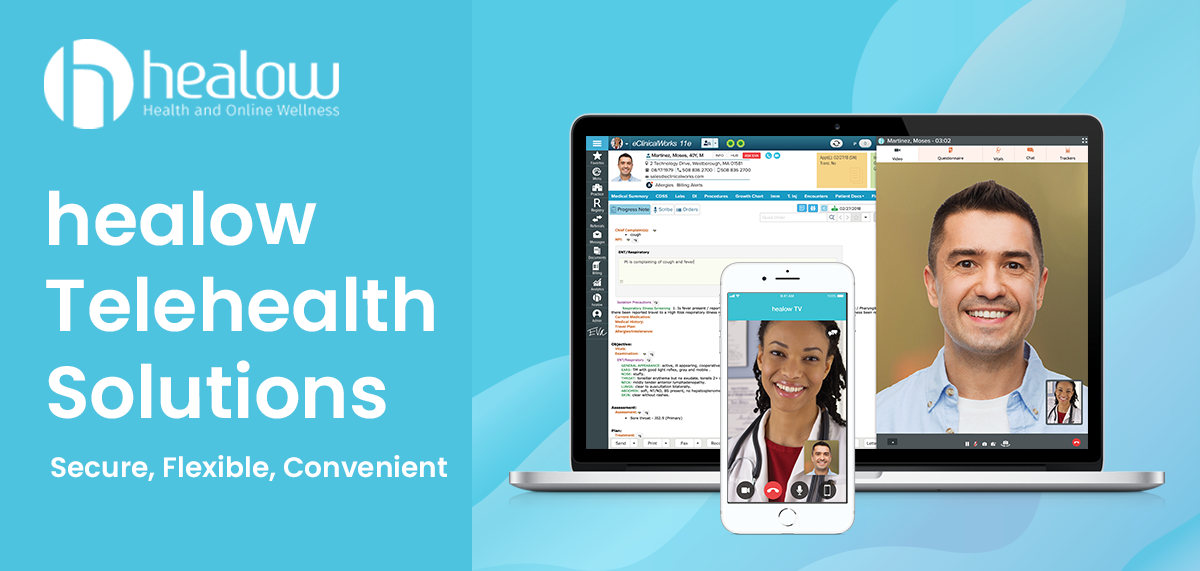
Congressional action could help secure future growth
Two-year-olds are known for growing pains, so it’s not surprising that the second annual Telehealth Awareness Week™ comes at a critical moment for telehealth usage and coverage.
The COVID-19 pandemic forced many practices to adopt telehealth technologies for the first time, while others expanded their usage.
While there is overwhelming evidence that telehealth is medically effective, promotes health access, and saves time and money, it remains to be seen whether Congress will pass its legislative final exam on telehealth.
Pending telehealth legislation would be a key step
The House in August gave overwhelming approval to the Advancing Telehealth Beyond COVID-19 Act, which is now with the Senate. Passage would extend many rules and reimbursements that helped secure a more prominent role for telehealth in the American medical landscape.
Doing so would help ensure that providers and patients can continue to rely upon reimbursement for the remote visits that did so much to help close health gaps and keep patients in touch with their clinicians over the last few years.
Usage surged, receded, and achieved a new normal
As medical offices severely curtailed hours or closed entirely in the spring of 2020, many practices expanded their use of telehealth solutions.
This September 2021 study details how telehealth usage has been adopted by 80% or more of practitioners, including family medicine doctors, pediatricians, cardiologists, urologists, and dermatologists. Two-thirds of providers now work at an organization that uses telehealth, and among those surveyed, more than half report participating in a remote office visit during the previous week.
While telehealth usage has declined from the heights of 2020-2021, the new level of use is a remarkable 38 times what it was before the pandemic, according to McKinsey & Company.
Providers using healow Telehealth Solutions, for example, conducted 2.4 million healow TeleVisits™ in the last year alone.

Awareness of telehealth’s success
Ensuring that telehealth continues to play a prominent role in the future of healthcare means building awareness of past successes and pointing toward promising new applications.
This August 2020 study in BMC Public Health concluded that “telehealth has the potential to address many of the key challenges in providing health services during the outbreak of COVID-19 … clinicians and patients are strongly recommended to apply telehealth tools as an appropriate option to prevent and contain COVID-19 infection.”
Telehealth’s role in the future of healthcare
Just this past week, President Biden alluded to the innovative role telehealth can play as he outlined a renewed federal effort to defeat cancer.
The National Cancer Institute is devoting $23 million for a Telehealth Research Centers of Excellence (TRACE) program that focuses on the use of telehealth in cancer prevention, screening, diagnosis, and treatment.
“This ground-breaking program will identify best practices for cancer telehealth to drive implementation of sustainable telehealth practices to offer many benefits to patients,” the NCI noted.
For more information on Telehealth Awareness Week, click here.
Get Started With healow Today!
Call Us 508-616-0304
